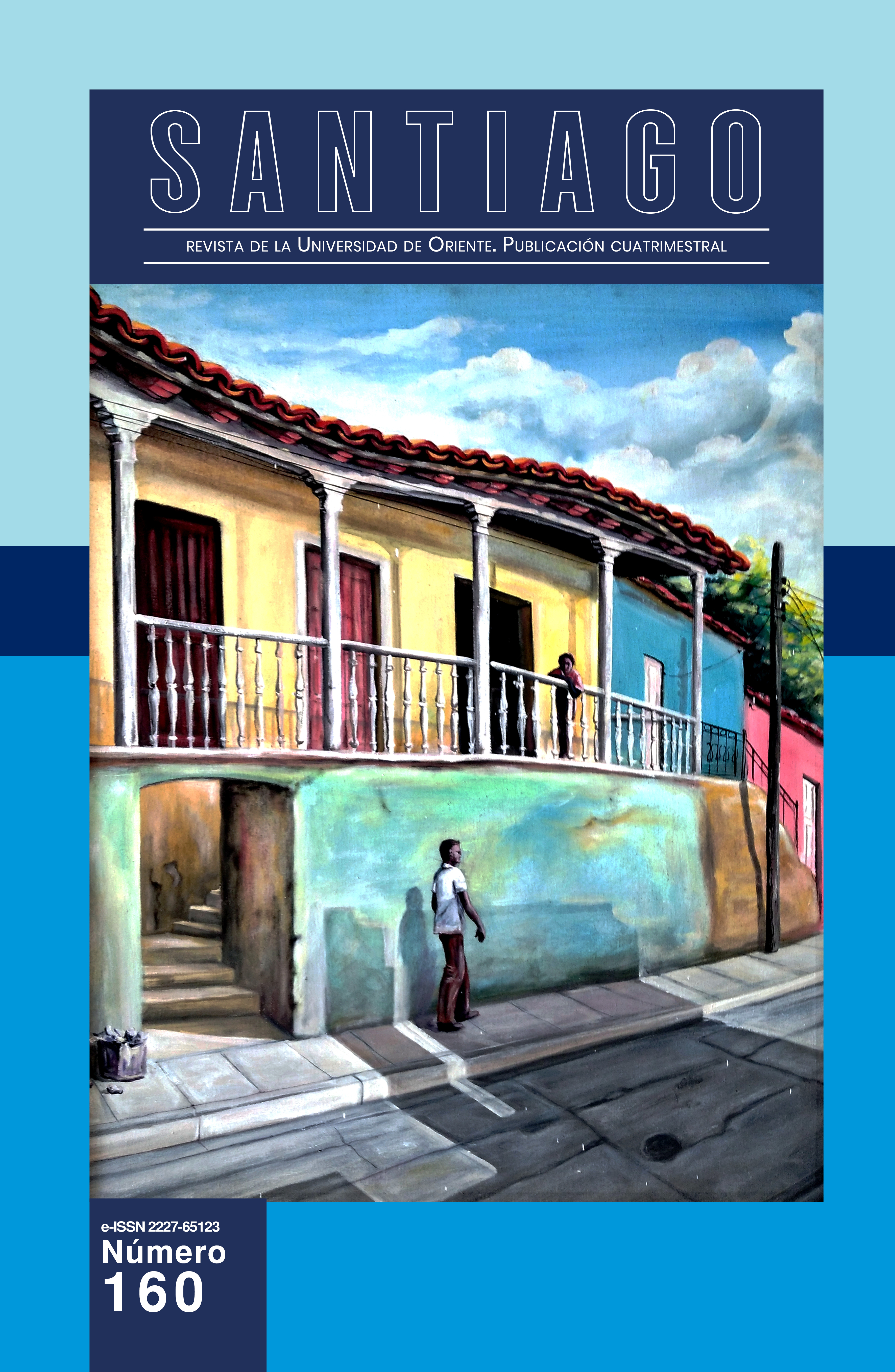Distance-Virtual hybrid modality: implications for ESPAM MFL teachers during the COVID-19 pandemicNS FOR ESPAM MFL TEACHERS DURING THE COVID-19 PANDEMIC
Keywords:
implications, hybrid modality, COVID-19, teachersAbstract
The objective of this research was to evaluate the implications of the hybrid distance-virtual study modality in teachers of the ESPAM MFL, during the COVID-19 pandemic to guarantee the education provided in the institution. The methodology used was based on a bibliographic, field and descriptive research, and the methods applied were deductive, inductive and analytical. In addition, the main results reveal that 78% of teachers suffer from high workload indexes, for this reason 40% of them reported that as a result of this they have high levels of stress. Likewise, indicators were elaborated to be able to evaluate with precision the implications of the synchronous and asynchronous modality in teachers of the ESPAM MFL, during the COVID-19 pandemic, in this way a strengthening plan was elaborated for the updating of the subsystem of academic formation of the higher level.
References
Altamirano, H; Cadena, V y Arias, B. (2021). Educación virtual y su impacto socio – económico en los estudiantes y docentes de una unidad educativa. Explorador Digital, 5(3), 85-109. https://doi.org/10.33262/exploradordigital.v5i3.1771
Álvarez, M. (2020). COVID-19 y educación superior: De los efectos inmediatos al día después. Análisis de impactos, respuestas políticas y recomendaciones. Revista Argentina de Educación Superior, (3), 156-158. https://dialnet.unirioja.es/descarga/articulo/7592068.pdf
Bravo, E., y Magis, C. (2020). La respuesta mundial a la epidemia del COVID-19: los primeros tres meses. Consultado el 8 de noviembre del 2020. http://dsp.facmed.unam.mx/wpcontent/uploads/2013/12/COVID-19-No.1-03-La-respuesta-mundial-a-la-epideconmiadel-COVID-19-los-primeros-tres-meses.pdf
Instituto Internacional para la Educación Superior en América Latina y el Caribe. (2020). Informe del IESALC analiza los impactos del #covid19 y ofrece recomendaciones a gobiernos e instituciones de educación superior. Consultado el 04 de diciembre del 2020. http://www.iesalc.unesco.org/2020/04/14/iesalc-insta-a-los-estados-a-asegurar-elderecho-a-la-educacion-superior-en-igualdad-de-oportunidades-ante-el-covid-19/
Jie-Ming Qu, Bin Cao, Rong-Chang Chen. (2020). COVID-19. Edición. https://www.elsevier.com/books/covid-19/qu/978-0-12-824003-8
Jiménez, Y y Ruiz, M. (2021). Reflexiones sobre los desafíos que enfrenta la educación superior en tiempos de COVID-19. Economía y Desarrollo, 165(1). http://scielo.sld.cu/scielo.php?script=sci_arttext&pid=S025285842021000200003&lng=es&tlng=es
Maguiña, M; Gastelo, R y Tequen, A. (2020). El nuevo Coronavirus y la pandemia del Covid-19. Rev Med Hered (31), 125-131. http://www.scielo.org.pe/pdf/rmh/v31n2/1729-214X-rmh-31-02-125.pdf
Ministerio de Educación de Perú. (2020). Encuesta Nacional a docentes de instituciones educativas públicas de educación básica regular [Archivo
s a n t i a g o 1 6 0 , e n e . - a b r , 2 0 2 3 | 1 2 9
PDF]. http://www.minedu.gob.pe/politicas/docencia/pdf/reportes/1-endo2020-nacional.pdf
Ordorika, I. (2020). Pandemia y educación superior. Pandemia y educación superior. Revista de la educación superior, 49(194), 1-8. http://www.scielo.org.mx/scielo.php?script=sci_arttext&pid=S0185-27602020000200001
Rozo-López, D. A., &Sartor-Harada, A. (2020). Red semántica sobre el uso de las tecnologías en educación: estudio en la región de la Orinoquía, Colombia. Santiago, (152), 127–144. Recuperado a partir de https://santiago.uo.edu.cu/index.php/stgo/article/view/5162
Santana González, Y., Sagaró del Campo, N. M., & Valdés García, L. E. (2021). Percepción de riesgo vs Covid-19 en centros hospitalarios de Santiago de Cuba. Revista Universidad y Sociedad, 13(4), 195-206.
Shikha, J; Kavita, P; Princi J; Kah, P. (2022).Artificial Intelligence, Machine Learning, and Mental Health in Pandemics. Edición. https://www.sciencedirect.com/book/9780323911962/artificial-intelligence-machine-learning-and-mental-health-in-pandemics#book-description
Thompson, G. (2021). La situación del personal y la profesión docente en el mundo 2021 [Archivo PDF]. https://issuu.com/educationinternational/docs/2021_ei_research_statusofteachers_eng_finl?fr=sMWFkMjQzMTIyOTU
Downloads
Published
Issue
Section
License
Copyright (c) 2023 Kathia Stefany Hernández-Paz, Vinicio Sebastián Velásquez-Zambrano, Pablo Alexandre Loor-Zambrano

This work is licensed under a Creative Commons Attribution-NonCommercial-NoDerivatives 4.0 International License.
CC Reconocimiento-NoComercial-SinObrasDerivadas 4.0


.jpg)

_de_logo.jpg)












